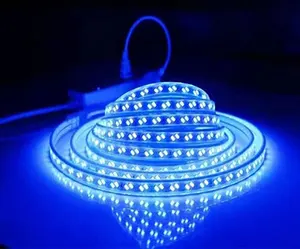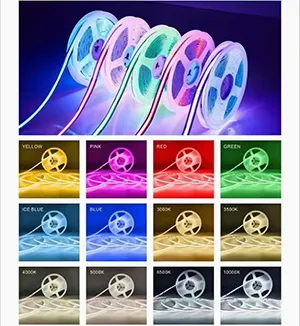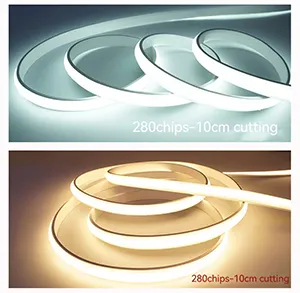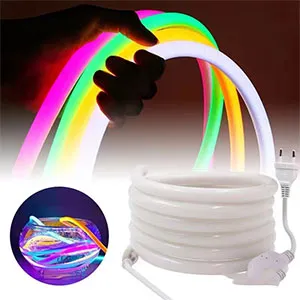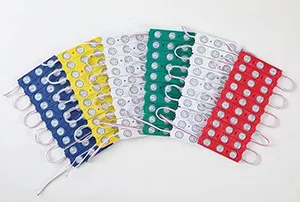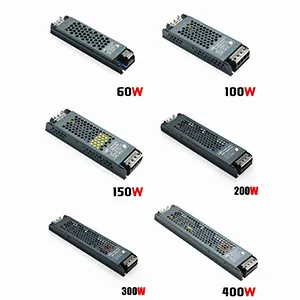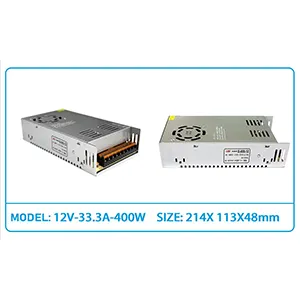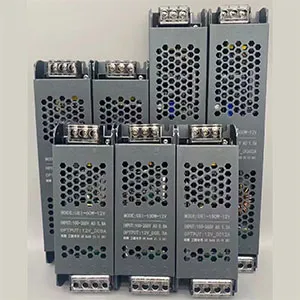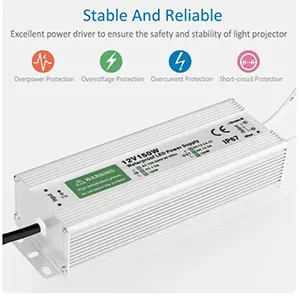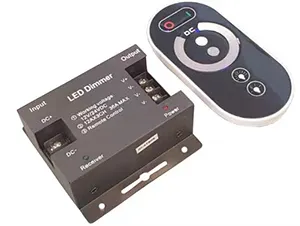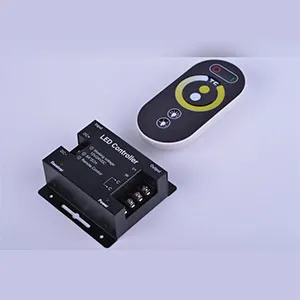What Safety Features Should LED Power Supplies Have?
Ensuring safety in LED power supplies is not just about adhering to industry standards; it’s about safeguarding your installations and maximizing the longevity of your LED systems. Here are essential safety features that every reputable LED power supply should incorporate.
Overvoltage Protection
Overvoltage protection shields LEDs from spikes in voltage that can occur due to unstable electrical supplies or sudden disconnects in the circuit. Effective power supplies should be able to handle up to 20% above their rated voltage without compromising the safety and performance of the connected LEDs. This feature is critical because excessive voltage can irreparably damage LED chips.
Overcurrent and Short Circuit Protection
LEDs are sensitive to current variations. A robust LED Power Supply includes mechanisms to detect and respond to overcurrent situations. Overcurrent protection prevents the flow of an excessively high current that could result from a fault in the circuit. Similarly, short circuit protection immediately cuts power if a short is detected, preventing potential fire hazards and equipment damage. These systems typically reset automatically once the fault condition is cleared, ensuring continuous operation without manual intervention.
Thermal Management
Thermal protection is crucial for maintaining the integrity of the power supply and the safety of the environment where it is used. LED power supplies should have an internal thermal sensor that triggers a shutdown if the device overheats, typically around 90°C. This not only prevents fire risks but also safeguards the electronic components from heat-related failures.
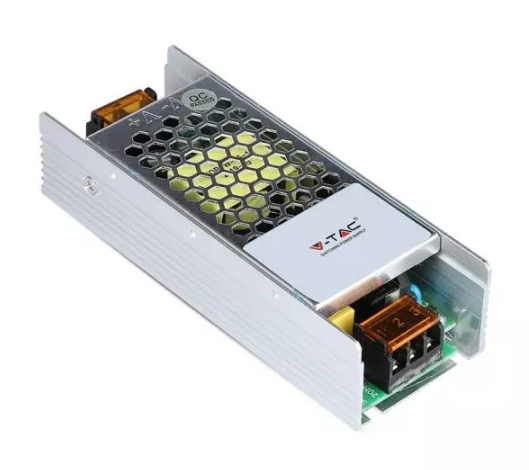
Environmental Protection
For installations in harsh environments, the power supply must be encased in a durable, weather-resistant housing. Look for enclosures rated at least IP65, which signifies dust-tight and protection against water jets, making them suitable for outdoor or industrial environments. This ensures that moisture, dust, and other environmental factors do not compromise the safety or performance of the power supply.
Compliance with Safety Standards
A reliable power supply must comply with global safety standards such as UL, CE, and RoHS. These certifications indicate that the product meets rigorous safety, health, and environmental protection standards. UL certification, for example, signifies that the product has been tested to withstand typical electrical stresses and conditions without failing.
Electromagnetic Compatibility
A power supply should not only be safe in terms of electrical and thermal aspects but also in its electromagnetic emissions. Compliance with EMC (Electromagnetic Compatibility) standards ensures that the power supply does not emit a high level of electromagnetic interference (EMI) that could disrupt the operation of nearby electronic devices and adheres to regulatory limits on radio frequency interference (RFI).
By ensuring that your LED power supply features these essential safety protections, you can confidently deploy LED lighting solutions that are secure, reliable, and durable. Remember, selecting a power supply with robust safety features is an investment in the longevity and safety of your lighting applications.







